Swansea Shore on Monday, October 9, 2017
Poem and Photograph by Ing-On Vibulbhan-Watts
Swansea Shore!
A poor little bird
Standing on the edge
Watching the sea roll by
My poor sick husband
Trying to compose himself
Breathing in the fresh air
Oh, Swansea Shore!
I came here before
Seeing the waves
Rolling and hugging you
In and out with the rhythm of the tides
Oh, Swansea Shore!
I will come here again
In the sunset of my life
And you will still be here
For the long centuries to come
My little Grandson Kai
Holding his hands with his parents
Walking along the shore
Another younger generations will come
Admiring you with the sunset or the sunrise
The full moon appearing in the sky
You will give pleasure for all to see,
Oh, Swansea Shore!
I love you!
Ing-On Vibulbhan-Watts, Wednesday, October 11, 2017, 4:17 am
The scene by the kitchen bay widow at John’s sister house in Swansea, Wales
This scene is what Mom and John’s sister saw when they were sitting in the armchair and relaxing by the kitchen bay widow at John’s sister house in Swansea, Wales. I miss both of them. I wish they were here with us. Life is too short to fight and be unhappy with each other. We will be apart from each other one of these days, sooner or later. Please get along and be happy with each other.
Ing-On Vibulbhan-Watts, Monday, October 15, 2017, Swansea, Wales
Solar panels at the back of John’s sister house in Swansea, Wales
In Swansea, Wales I saw some solar panels on people’s houses even though the weather is more cloudy and lightly raining a lot of the time. I was in Thailand for about two months in July and August where most of the time there is very strong sunshine and occasionally heavy rain for one hour or more but I saw no solar panels. They may have them somewhere that I did not see. I hope the Thai government helps to promote solar energy consumption.
Comments:
munir faraj: We in Iraq have more than 300 sunny day and more than 12 hour/day but the goverment has no project to use this clean energy ???
Ing-On Vibulbhan-Watts: +munir faraj Thank you for your interest. Maybe you can speak about it peacefully and well intention. Iraq university might be a good place to talk to the science professors.
Have a wonderful Sunday and the week to come
Swansea Shore on Monday, October 9, 2017
“Swansea Bay: Harnessing the power of our tides
• Did you know… the UK has the second highest tidal range in the world and the difference in the range at Swansea Bay is a massive 7-9 metres!
• Dave Sagan, Project Manager
• An iconic, world-first infrastructure project in South West Wales
• Swansea Bay Tidal Lagoon will be the world’s first tidal lagoon power plant.
• A tidal lagoon is a ‘U’ shaped breakwater, built out from the coast which has a bank of hydro turbines in it. Water fills up and empties the man-made lagoon as the tides rise and fall. We generate electricity on both the incoming and outgoing tides, four times a day, every day.
• Due to the incredible tides on the West Coast of Britain, by keeping the turbine gates shut for just three hours, there is already a 14ft height difference in water between the inside and the outside of the lagoon. Power is then generated as the water rushes through 200ft long draft tubes, rotating the 23ft diameter hydro turbines.
• The project was awarded a Development Consent Order in 2015 and is primed for construction. It will comprise 16 hydro turbines, a six mile breakwater wall, generating electricity for 155,000 homes for the next 120 years. Its major delivery partners include Atkins, General Electric, Andritz Hydro, Laing O’Rourke and Alun Griffiths Ltd.”
For more information please visit the following link:
https://www.tidallagoonpower.com/projects/swansea-bay/
Swansea Sky viewed at the backyard of John’s sister house, October 6, 2017
I am always longing for the Swansea Sky. It changes so fast from one color to the other or dark to light. My favorite sky is light pink to red orange which appears in the evening when the sun sets showing her appearance before leaving us to the night sky. This takes place around 6-7 pm. I was lucky to see it again on Friday, October 6, 2017. I viewed this beautiful red orange sky at the backyard of John’s sister house.
Ing-On Vibulbhan-Watts, Sunday, October 8, 2017
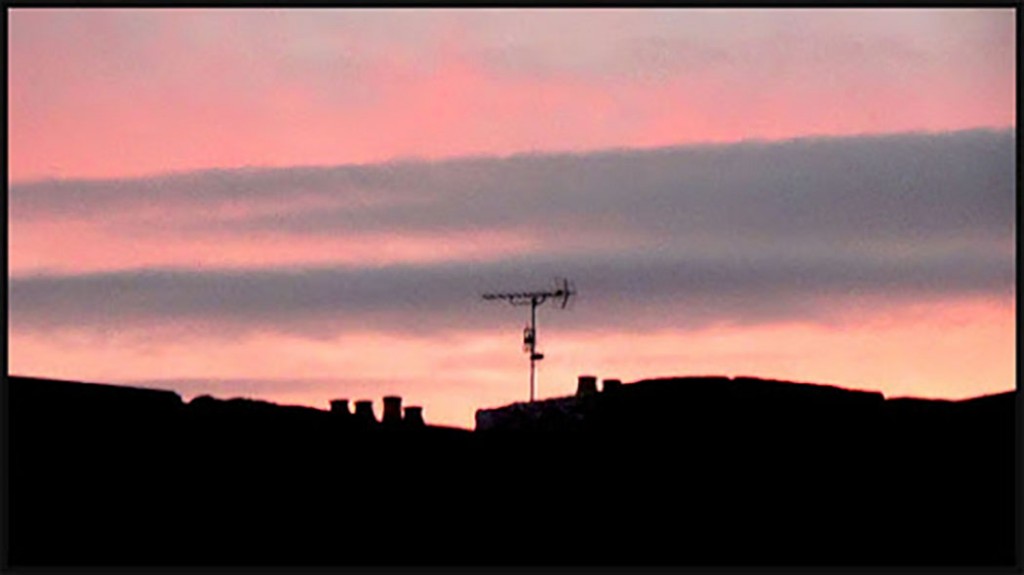
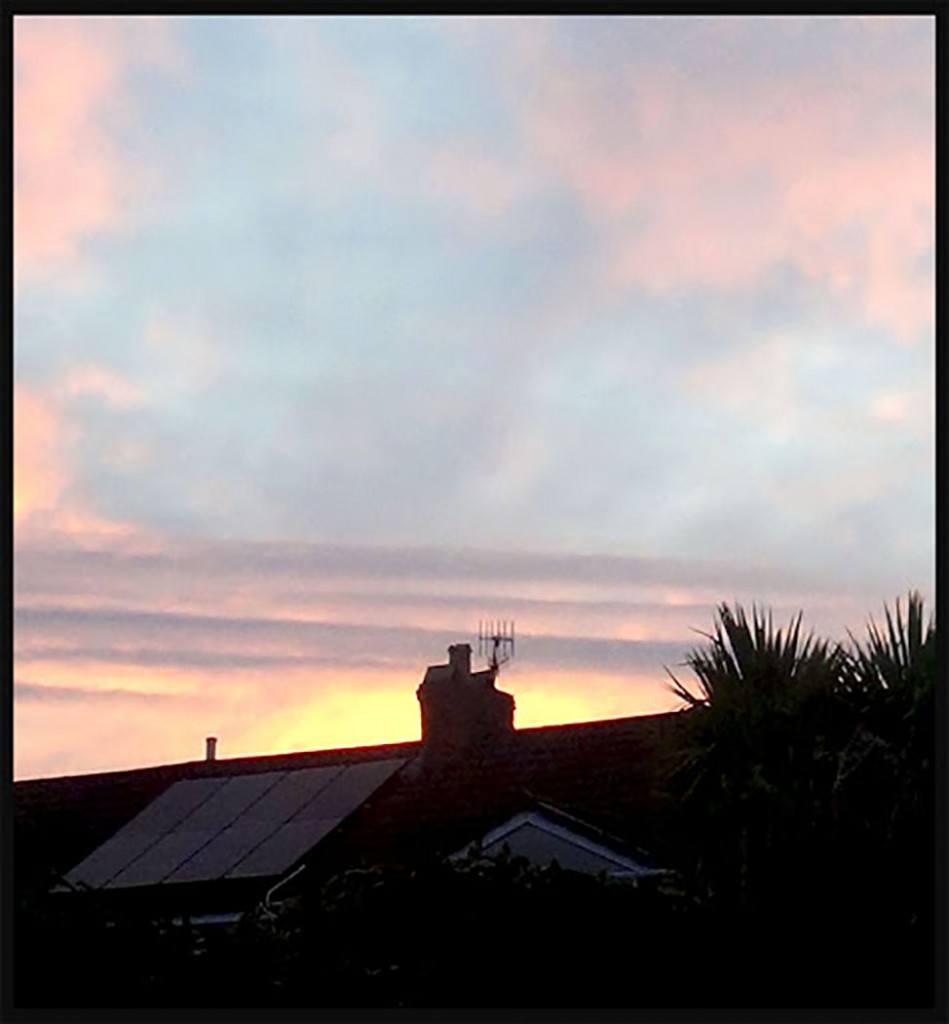 The view at the backyard of John’s sister house, October 6, 2017
The view at the backyard of John’s sister house, October 6, 2017
Swansea Bay on Thursday, October 5, 2017
Photograph by Ing-On Vibulbhan-Watts
On Thursday, October 5, 2017 about 4-5 pm in the evening, I walked along the seashore to the house. Swansea Library is located by the Swansea shore, and John’s sister house is about 10 minutes’ walk. I was very lucky to see the silver shimmering water on the shore by the evening sun, which was hovering over with the bright white rays shining on the water.
It was very difficult to see the camera screen, with the bright light shining on my camcorder. I only hope that I would get some nice shots.
Ing-On Vibulbhan-Watts, Sunday, October 8, 2017
“Swansea Bay (Welsh: Bae Abertawe) is a bay on the Bristol Channel on the southern coast of Wales. Places on the bay include Swansea and Port Talbot. The River Neath, River Tawe, River Afan, River Kenfig and Clyne River flow into the bay.
Swansea Bay (and upper reaches of the Bristol Channel) experience a large tidal range. The shipping ports in Swansea Bay are Swansea Docks, Port Talbot Docks and Briton Ferry wharfs.
Oyster fishing was once an important industry in Swansea Bay, employing 600 people at its height in the 1860s. However, overfishing, disease and pollution had all but wiped out the oyster population by 1920. In 2005 plans were announced to reintroduce the Oyster farming industry.[1]”
Beaches[edit]
The bay is lined with sandy beaches. Each stretch of beach within the bay has its own individual name:
• Aberavon Beach
• Baglan Bay
• Jersey Marine Beach
• Swansea Beach
• Mumbles Beach
For more information please visit the following link:
https://en.wikipedia.org/wiki/Swansea_Bay
Swansea Bay on Thursday, October 5, 2017
Swansea Bay, Pollution: For the last two decades of the 20th century, the bay was blighted by pollution, partly from the surrounding heavy industry and partly from sewerage outlets being sited at inappropriate locations including the main one that was located just seaward of Mumbles Lighthouse. A pumping station inside the cliff adjacent to Knab Rock brought all of Swansea city’s effluent in a raw form to this point. Adding to the problem was the natural current flow of the waters in the Bay which often did not move the polluted waters further out to sea. Ironically, the outgoing tide did not carry the raw sewage down the adjacent Bristol Channel, but instead cause it to be sucked inaround the circumference of the Bay and only then out down the Channel. If not fully discharged on that tide, the incoming tide would then push the same effluent up the Channel, and once again circulate around the Bay. Efforts were made by the local authority to reduce the pollution in the Bay but care had to be taken to ensure the pollution did not move to the popular beach resorts in south Gower instead.
This original sewer outlet was finally made inactive in around 1996 following the construction of a brand new pipeline which ran all the way back around the Bay following the line of the old Mumbles Railway as far as Beach Street, along the sea-side of the Maritime Quarter and through Swansea Docks to a new £90 million sewage treatment plant at Crymlyn Burrows near Port Tennant from which a new outlet was made, extending further out to sea. As a consequence of the huge improvement these works have made, it is hoped that Swansea Bay will achieve Blue Flag Beach status. Aberavon beach was awarded Blue Flag status in December 2007.[2]”
For more information please visit the following link:
https://en.wikipedia.org/wiki/Swansea_Bay
Swansea Bay on Thursday, October 5, 2017
“Swansea Bay, Power generation, Fossil: There is one existing GE built gas-fired power station located just inland at Baglan Bay. A second gas fired power station, the “Abernedd Power Station” has been approved for construction.[3]
Biomass plans[edit]
A new biomass power station has been approved for construction near the coast at Port Talbot.[4]
Tidal plans[edit]
Main article: Tidal Lagoon Swansea Bay
Swansea Bay (along with the rest of the Bristol Channel) has one of the highest tidal ranges in the world. This offers a potential for electricity generation using tidal lagoons. A proposal has been put forward by Tidal Lagoon Swansea Bay Ltd. for a tidal lagoon to be constructed.[5] The tidal lagoon would be sited just south of the Queen’s Dock between River Tawe and River Neath estuaries. This project is controversial, partly due to the amount of subsidy required to make the project viable and also because of the potential damage to an AONB and MCZ in Cornwall where Tidal Lagoon Swansea Bay seek to re-open a disused quarry at Dean Point from which to source the rock for the lagoon.[6][7][8]”
For more information please visit the following link:
https://en.wikipedia.org/wiki/Swansea_Bay
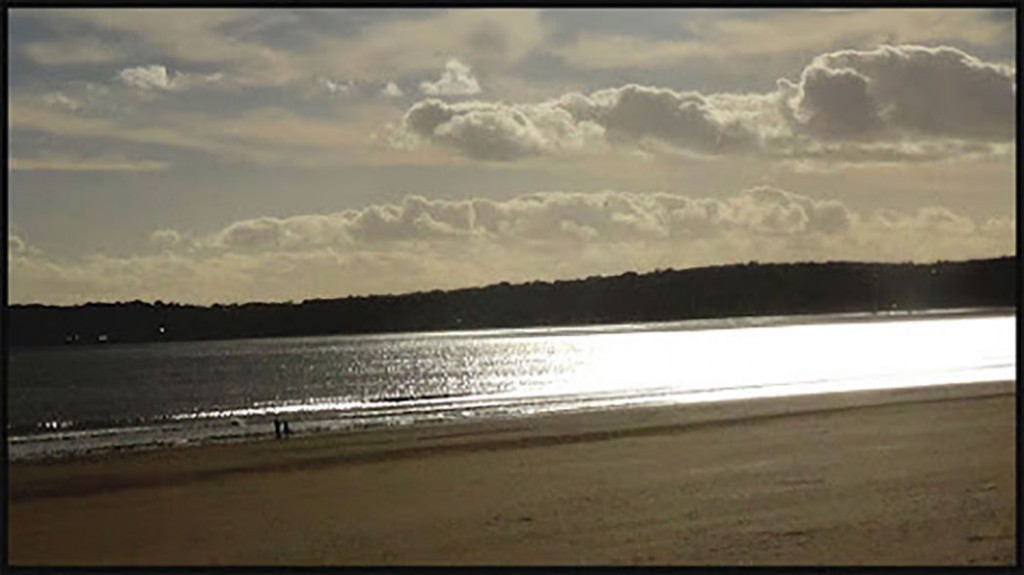 Swansea Bay on Thursday, October 9, 2017
Swansea Bay on Thursday, October 9, 2017
Photograph by Ing-On Vibulbhan-Watts
“Swansea Bay: Wind plans
In addition to tidal power, construction of an offshore windfarm in the Bay has been approved,[9] but construction has now been deferred owing to the costs involved. The windfarm was to have been sited at Scarweather Sands, about 5 km (3 mi) off the coast and visible from Porthcawl.”
For more information please visit the following link:
https://en.wikipedia.org/wiki/Swansea_Bay
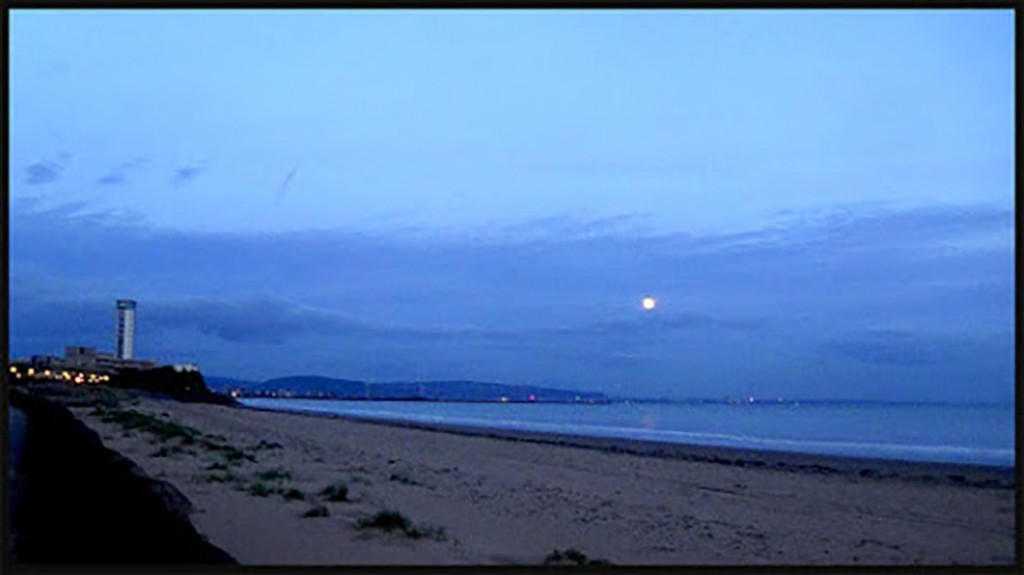 Swansea Bay and the Full Moon, Tuesday, October 3, 2017
Swansea Bay and the Full Moon, Tuesday, October 3, 2017
Ing’s Poem on the Killing in Las Vegas, USA
Photograph by Ing-On Vibulbhan-Watts
A delicate full moon
Appear in the grey Swansea Bay Sky
To say
“Hello World!”
“How are you?”
Sad news from America
They love their guns more than their lives
I will keep watching you
I hope one day
All of you will look at me
With happiness in a peaceful world
My sadness goes out to all the people who perished and who were wounded.
“Wake up America!!!!!!!”
The British Countryside
My husband’s beloved country, Wales, United Kingdom
Ing & John Travel to Swansea, Wales, United Kingdom
Fortunately, we had our computers, so John was working on rewriting his play. I was checking on the photographs that I took from Newark to Swansea. I selected them for posting on Google+ and my website after I was able to connect to the internet. But meanwhile John went to the Swansea Library computer section to get information on “Renewable energy in the United Kingdom” a few days ago before he got sick. I enjoyed reading the history of old and new technology development in Britain. I thought we should learn from British science technology. A lot of important scientists came from this country. So many Scientists all over the world have contributed to the benefit of mankind. We should share the knowledge with each other to develop a better world rather than create wars fighting among countries or fighting in your own country among each other. Can you imagine what our world would be like? We could instead concentrate on fighting a common enemy, the little germs that cause our sickness.
On Thursday and Friday, the weather turned nice with sunshine. We both went to the backyard baking in the sun for a little while.
Ing-On Vibulbhan-Watts, Saturday, October 7, 2017
https://en.wikipedia.org/wiki/Renewable_energy_in_the_United_Kingdom
Unfortunately, starting from the first day, September 26, when we arrived in our Swansea house, I got sick with a very bad cold. On Friday, September 29 John took me to Singleton Hospital. We waited for a while for an available Doctor to attend to me. She checked my ears, lungs and throat and said no chest congestion. She wrote a prescription for me. John went to the receptionist asking for the hospital charge. The receptionist said “No charge.” This will never happen in USA. I am very thankful to the British system and how they care for their people. Before John’s mother and sister passed away they had a lot of care, the nurses come to their house to care for them. Both of them had to be taken care of hospital for an extended period. All the care they had with zero charge.
Ing-On Vibulbhan-Watts, Sunday, October 6, 2017
The British Countryside
John had to work hard, shopping for food and taking care of me, in return I gave him my cold. John had a symptom of cold on Saturday, September 30, and getting worse on Sunday. Looking outside by the kitchen bay window, the sky was cloudy with drizzly rain, and was damp and cold. The weather had been like this most of this first week we were here. We could not go anywhere anyway, so it was a good time to be sick and have a warm cup of tea in the comfort of bed at home.
Ing-On Vibulbhan-Watts, Sunday, October 6, 2017
The British Countryside
Fortunately, we had our computers, so John was working on rewriting his play. I was checking on the photographs that I took from Newark to Swansea. I selected them for posting on Google+ and my website after I was able to connect to the internet. But meanwhile John went to the Swansea Library computer section to get information on “Renewable energy in the United Kingdom
On Thursday and Friday, the weather turned nice with sunshine. We both went to the backyard baking in the sun for a little while.
Ing-On Vibulbhan-Watts, Saturday, October 7, 2017
https://en.wikipedia.org/wiki/Renewable_energy_in_the_United_Kingdom
The British Countryside
My husband’s beloved country, Wales, United Kingdom
I love the British neat and clean countryside. Nice tall trees and shrubs along the way of the bus ride to Swansea. I spotted some large area of farmland filled with solar panels. When I saw them a second time I asked John, “What are they?” He said it is a “Solar Farm”. When I saw them again I could not get the photograph because the bus went passed too quickly. I am very interested in new technologies. I appreciate that our Google+ community has a lot of technology information including Street Art, scenery and other things.
Ing-On Vibulbhan-Watts, Sunday, October 6, 2017
Ocean power
Due to the island location of the UK, the country has great potential for generating electricity from wave power and tidal power.
To date, wave and tidal power have received very little money for development and consequently have not yet been exploited on a significant commercial basis due to doubts over their economic viability in the UK.[33] The European Marine Energy Centre in Orkney operates a grid connected wave power scheme at Billia Croo outside Stromness and a grid connected tidal test side in a narrow channel between the Westray Firth and Stronsay Firth.[34]
Funding for the UK’s first wave farm was announced by then Scottish Executive in February 2007. It will be the world’s largest, with a capacity of 3 MW generated by four Pelamis machines and a cost of over 4 million pounds.[35] In the south of Scotland,investigations have taken place into a Tidal Power scheme involving the construction of a Solway Barage, possibly located south of Annan.
A Wave farm project to harness Wave power, using the PB150 PowerBuoy has been completed by Ocean Power Technologiesin Scotland and is under development off Cornwall at Wave Hub.
https://en.wikipedia.org/wiki/Renewable_energy_in_the_United_Kingdom
The British Countryside
From the mid-1990s renewable energy began to contribute to the electricity generated in the United Kingdom, adding to a small hydroelectricity generating capacity. The total of all renewable electricity sources provided for 14.9% of the electricity generated in the United Kingdom in 2013,[3] reaching 53.7 TWh of electricity generated. In the second quarter of 2015, renewable electricity generation exceeded 25% and coal generation for the first time.[4]
Renewable energy contributions to meeting the UK’s 15% target reduction in total energy consumption by 2020, in accordance with the 2009 EU Renewable Directive, totalled 5.2% in 2013 as measured in accordance with the methodology set out in the Directive.[3] By 2016 provisional calculations show that the figure had risen again to 8.3 per cent of energy consumption (all sources) coming from renewable sources in 2015.[5]
Interest in renewable energy in the UK has increased in recent years due to new UK and EU targets for reductions in carbon emissions and the promotion of renewable electricity power generation through commercial incentives such as the Renewable Obligation Certificate scheme (ROCs) and Feed in tariffs (FITs) and the promotion of renewable heat through the Renewable Heat Incentive. Historically hydroelectric schemes were the largest producers of renewable electricity in the UK, but these have now been surpassed by wind power schemes, for which the UK has large potential resources.
For more information please visit the following link:
https://en.wikipedia.org/wiki/Renewable_energy_in_the_United_Kingdom
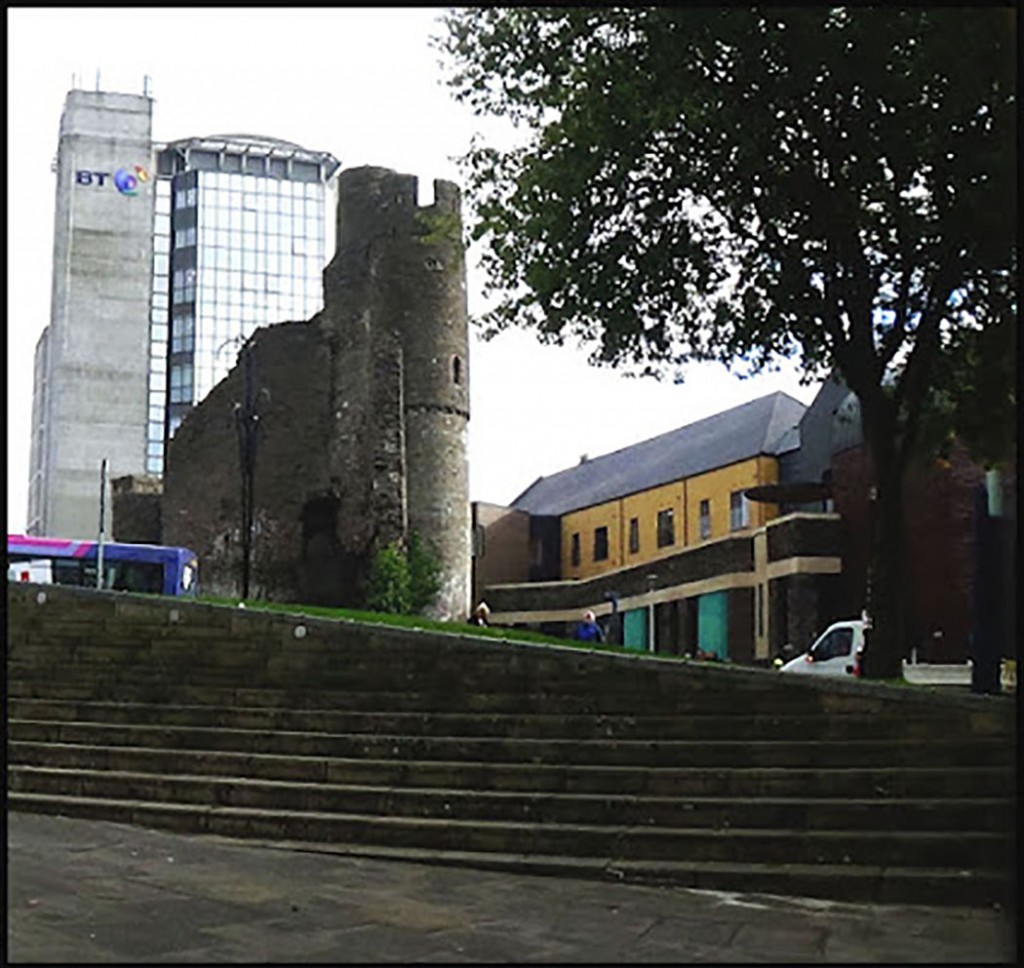 Swansea Castle on Thursday, October 9, 2017
Swansea Castle on Thursday, October 9, 2017
Photograph by Ing-On Vibulbhan-Watts
“Swansea Castle (Welsh: Castell Abertawe) is located in the city centre of Swansea, Wales, UK. It was founded by Henry de Beaumont in 1107[1] as the caput of the lordship of Gower. The castle is now ruined and only two blocks remain, though the site has been improved in the 2010s for use as a public space.”
For more information please visit the following link:
https://en.wikipedia.org/wiki/Swansea_Castle
Swansea Castle
Henry de Beaumont was granted the Lordship of Gower in 1106 and he began to solidify the control of the Normans in the area.[4] A timber castle existed in Swansea in 1116, when it was recorded as being attacked by Welsh forces who destroyed the outer defences.[4]
The original castle seems to have been a sub-rectangular/oval enclosure overlooking the River Tawe on the east, surrounded on the north, west and south sides by a larger sub-rectangular outer bailey. The inner bailey probably contained a motte but the other view is that it was a ring work.[5] The motte (or ring work) was 52 metres (171 ft) in diameter (only second in size to Cardiff Castle) and survived to the early 20th century.
The castle was besieged in 1192 by Rhys ap Gruffydd, Prince of Deheubarth. Despite 10 weeks of starvation the castle was saved.[4]
After various other unsuccessful attacks the castle fell in 1217 but was restored to the English in 1220 as part of the settlement between Llywelyn ap Iorwerth and Henry III of England.
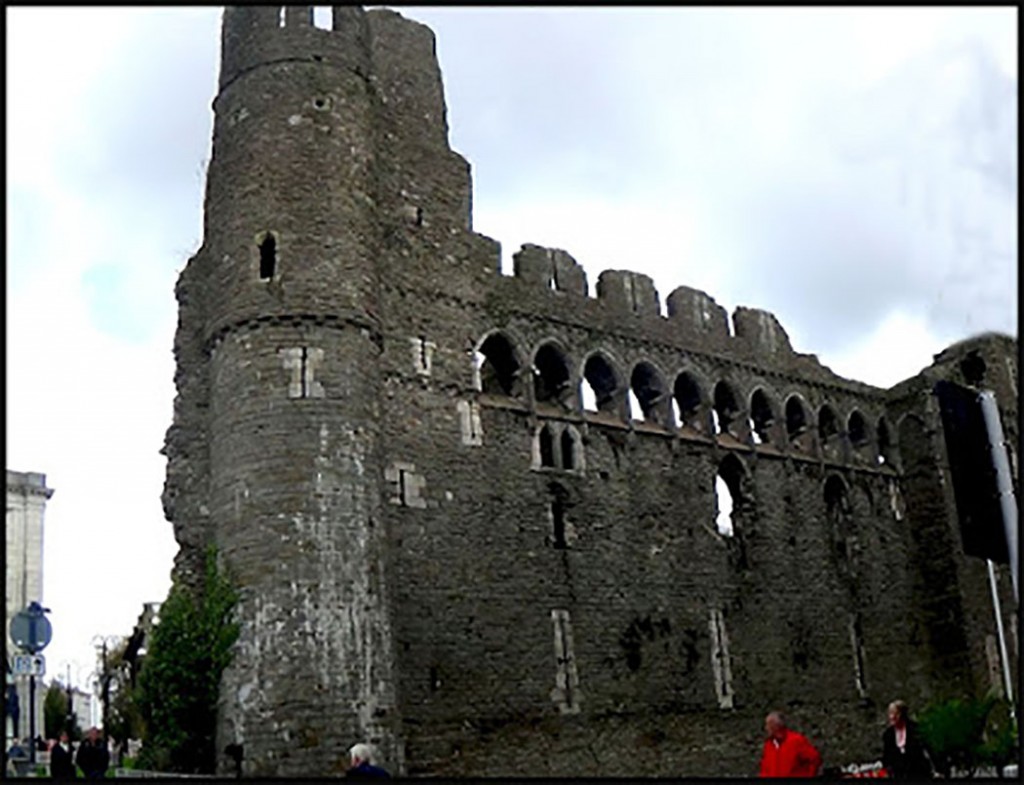 Swansea Castle
Swansea Castle
The castle was rebuilt in stone, probably between 1221 and 1284 (described now as the “New Castle”),[3] firstly the inner castle with at least one tower, finally the large outer bailey.
The only visible remains today, two sides of the rectangular South East corner of the “new castle”‘s outer bailey, were built in the late 13th or early 14th century. The south face (which ends in a tall garderobe tower) is capped with an elegant series of arcades at the wall-head, which are similar to structures at the Bishop of Saint David’s palaces at Lamphey and St David’s.
Swansea Castle
14th to 19th centuries
By the 14th century the castle was losing its military importance. Alina de Mowbray ruled the Gower until 1331 when her son John de Mowbray took over as Lord of Gower.[7] He was probably responsible for adding the arcaded parapet walk to the castle.[7]
Despite the Welsh rebellion led by Owain Glyndwr, which saw a number of English castles attacked in the early years of the 1400s, it is not known whether Swansea fell to these forces. Swansea Castle’s account books only record that two men were sent north to gather intelligence on Glyndwr’s activities.[8]
Swansea Castle
14th to 19th centuries
The castle owners were subsequently absentee landlords. By 1650 the castle was described as “a decayed Buildinge”.[9] By the 1670s the square tower was being used as a bottle factory and, in 1700, a town hall was built in the castle courtyard. By the mid 1700s the Great Hall had become Swansea’s workhouse.[9] The town hall was replaced by a post office in the 1800s and, by 1850, a military Drill Room had replaced the workhouse. The River Tawe, which had flowed near to the castle, was straightened and diverted during the 1840s.[2]
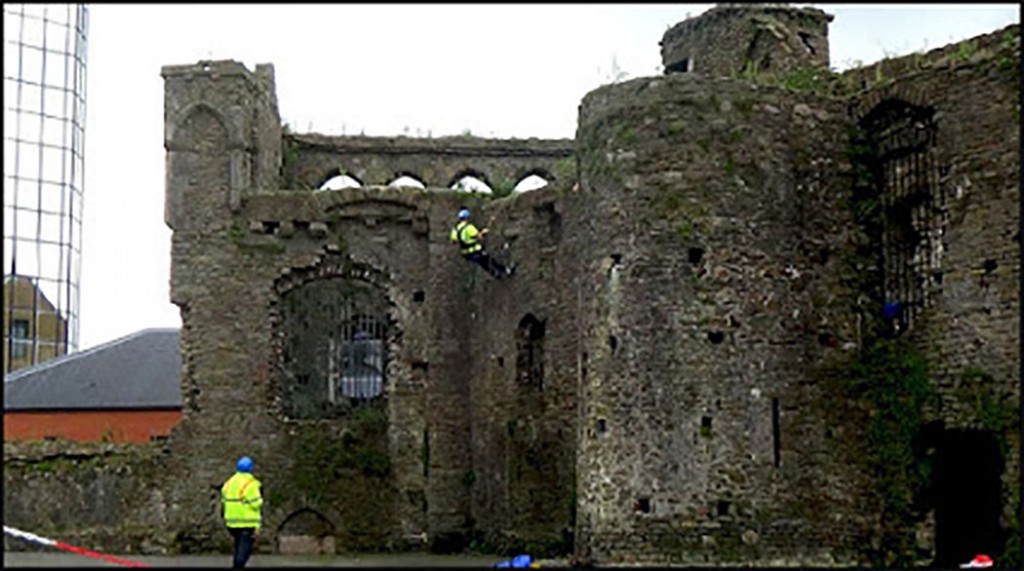 Swansea Castle
Swansea Castle
20th and 21st centuries
Part of the interior of the castle, in particular the large motte, was demolished 1909-13[10] for the construction of a newspaper office. In the very early 1930s, poet Dylan Thomas worked for the South Wales Daily Post at the castle site.[11] The newspaper offices were removed in 1976[11] and the remains of the castle were later consolidated and opened up to view from the street.
As a Scheduled Ancient Monument, it was given a Grade I heritage listing in 1952.[12]
The castle were fenced off and only opened to the public on rare occasions, most recently for public tours in 2012 to coincide with St Davids Day.[13] In the early 2010s a project was launched, funded by the European Regional Development Fund and Welsh Government, to open up the castle to the public on a more permanent basis with a stone paved courtyard and information panels. Demountable stairs were planned, to access the upper floors. The intention was to have public tours, events such as markets and for the castle to feature as part of a Swansea castle trail.[14]
https://en.wikipedia.org/wiki/Swansea_Castle
Swansea Castle
When I saw people climb up the castle wall I thought it was a climbing sport activity. I asked John “Do they climb up the castle wall for sport? John said “They are doing repair work and getting rid of the weeds that growing on top of the castle wall.” It was a lucky moment to see people working on the castle.
Ing-On Vibulbhan-Watts, Thursday, October 12, 2017
 The Informational Poster in front of Swansea Castle, Swansea, Wales, UK
The Informational Poster in front of Swansea Castle, Swansea, Wales, UK
Photograph by Ing-On Vibulbhan-Watts
“History: The first castles
Henry de Beaumont was granted the Lordship of Gower in 1106 and he began to solidify the control of the Normans in the area.[4] A timber castle existed in Swansea in 1116, when it was recorded as being attacked by Welsh forces who destroyed the outer defences.[4]
The original castle seems to have been a sub-rectangular/oval enclosure overlooking the River Tawe on the east, surrounded on the north, west and south sides by a larger sub-rectangular outer bailey. The inner bailey probably contained a motte but the other view is that it was a ring work.[5] The motte (or ring work) was 52 metres (171 ft) in diameter (only second in size to Cardiff Castle) and survived to the early 20th century.[6]
The castle was besieged in 1192 by Rhys ap Gruffydd, Prince of Deheubarth. Despite 10 weeks of starvation the castle was saved.[4]
After various other unsuccessful attacks the castle fell in 1217 but was restored to the English in 1220 as part of the settlement between Llywelyn ap Iorwerth and Henry III of England.
The castle was rebuilt in stone, probably between 1221 and 1284 (described now as the “New Castle”),[3] firstly the inner castle with at least one tower, finally the large outer bailey.
The only visible remains today, two sides of the rectangular South East corner of the “new castle”‘s outer bailey, were built in the late 13th or early 14th century. The south face (which ends in a tall garderobe tower) is capped with an elegant series of arcades at the wall-head, which are similar to structures at the Bishop of Saint David’s palaces at Lamphey and St David’s.”
For more information please visit the following link:
https://en.wikipedia.org/wiki/Swansea_Castle
A group of young people gathering at Swansea Center, Swansea, Wales, UK
“Swansea city centre in Swansea, Wales, contains the main shopping, leisure and nightlife district in Swansea. The city centre covers much of the Castle ward including the area around Oxford Street, Castle Square, and the Quadrant Shopping Centre; Alexandra Road, High Street, Wind Street and the Castle; Parc Tawe; and the Maritime Quarter extending down to the seafront.[1]”
For more information please visit the following link:
https://en.wikipedia.org/wiki/Swansea_City_Centre
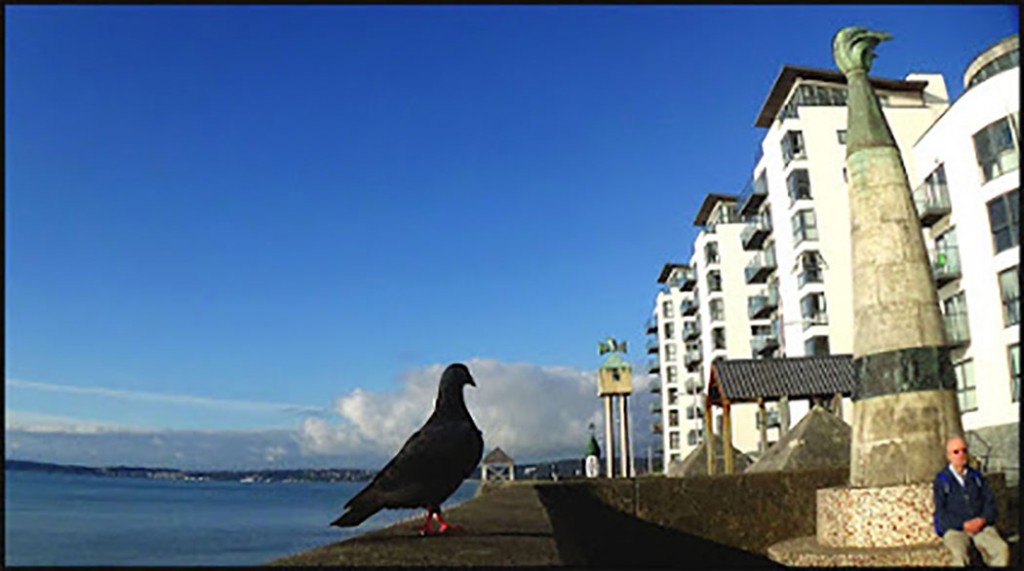



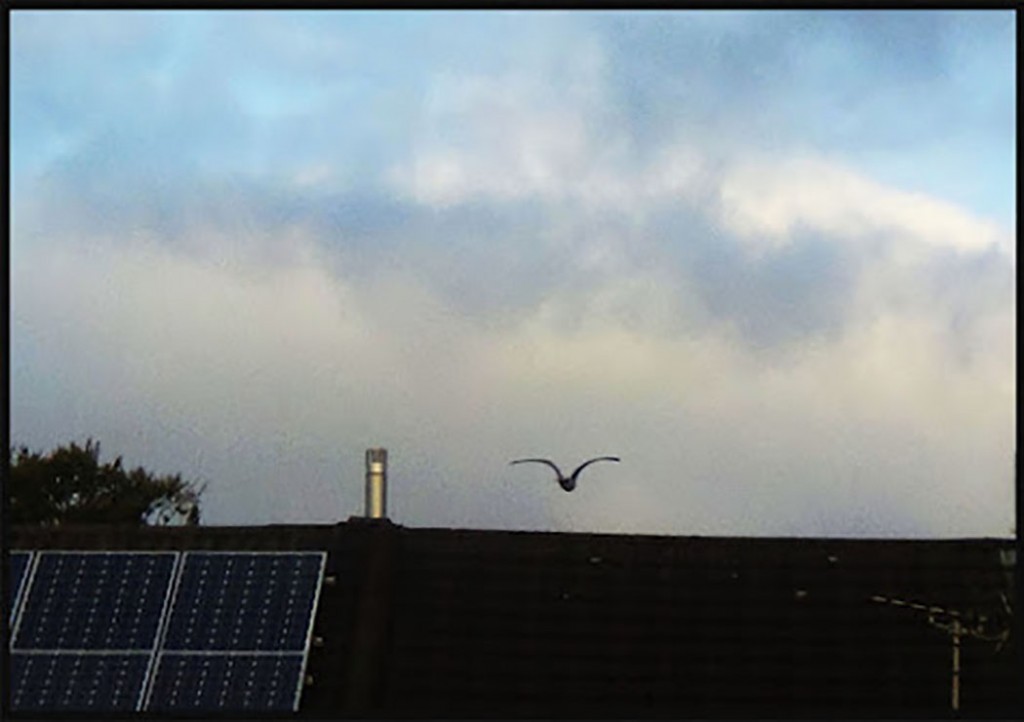

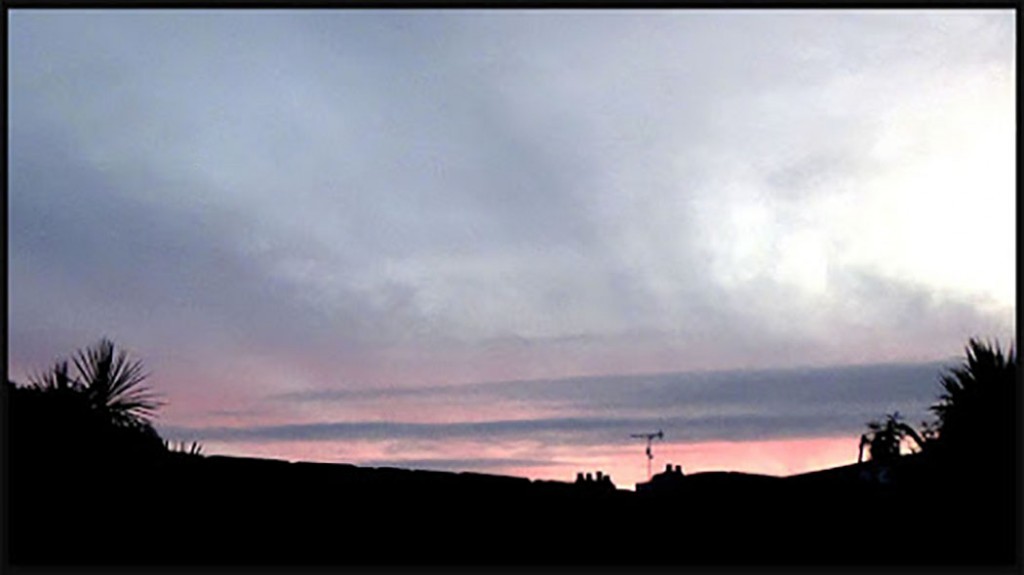

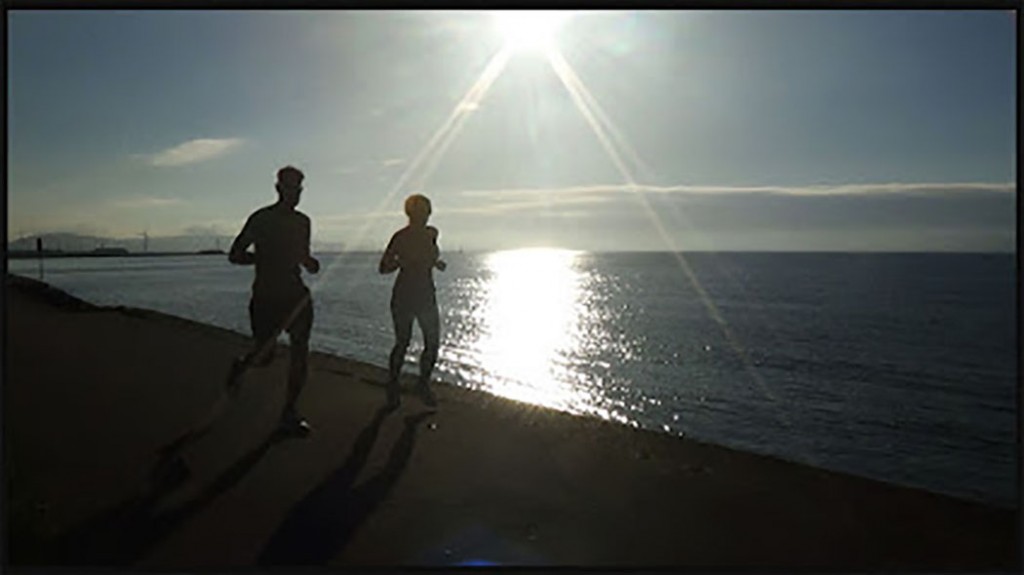
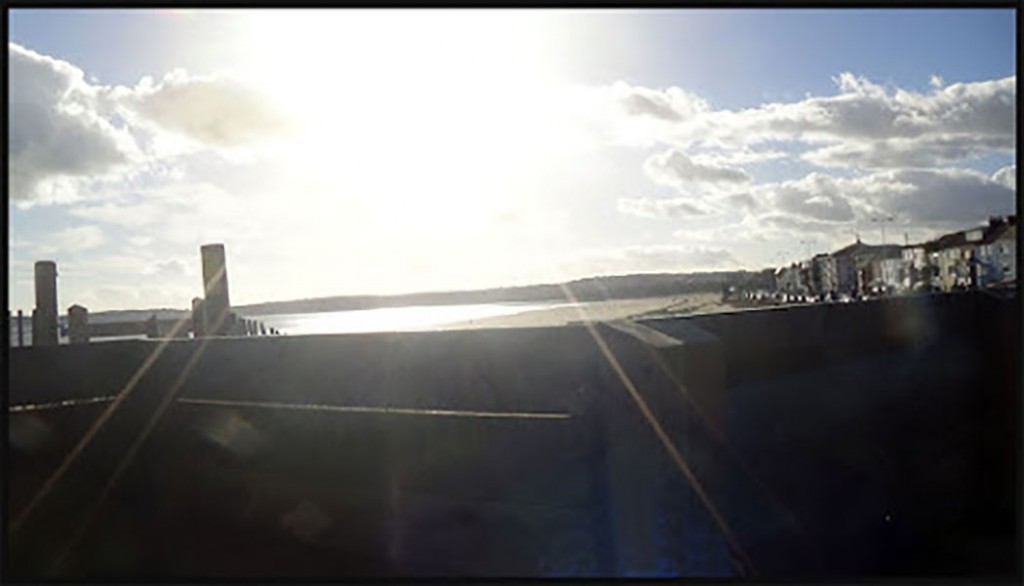
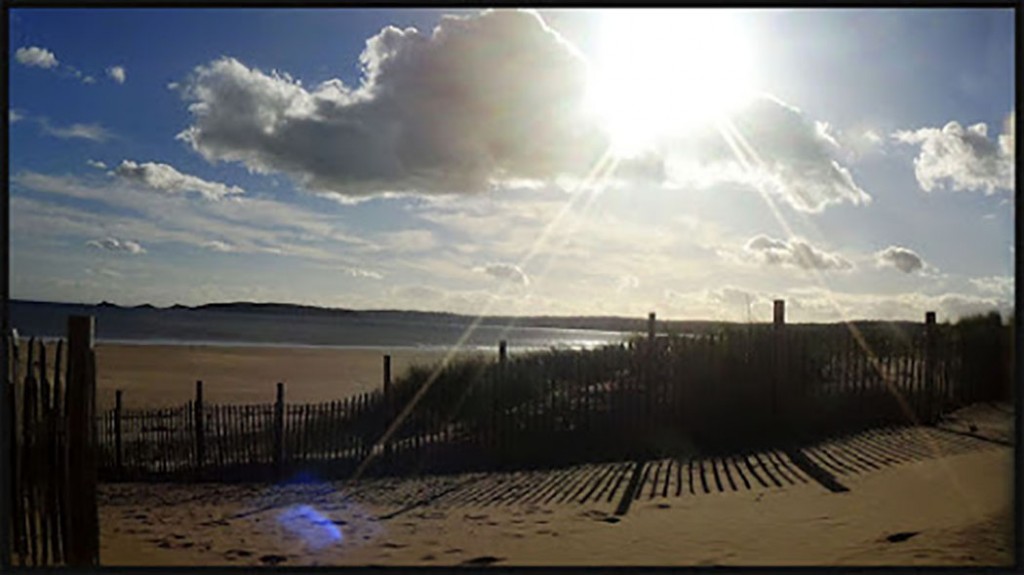
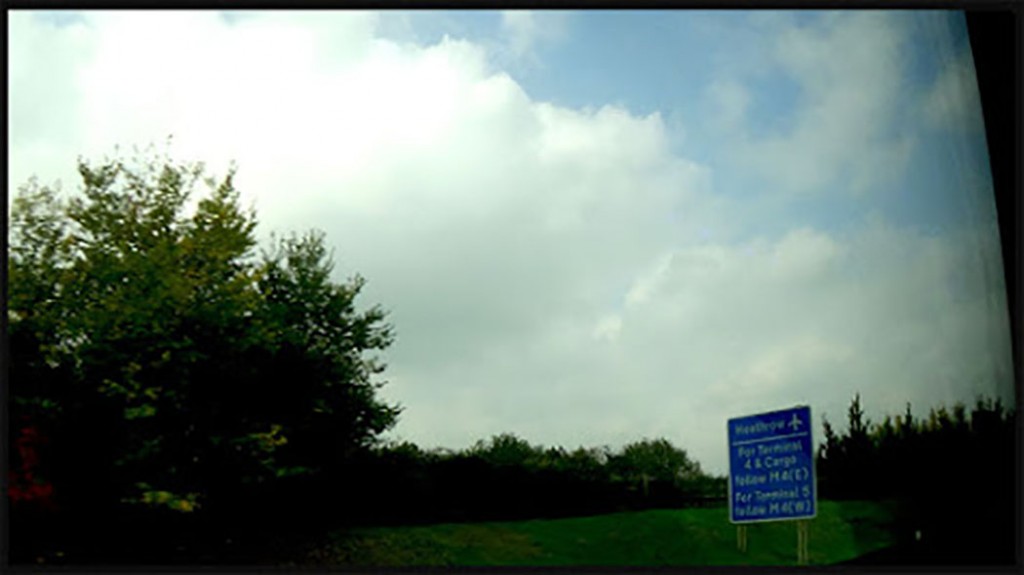
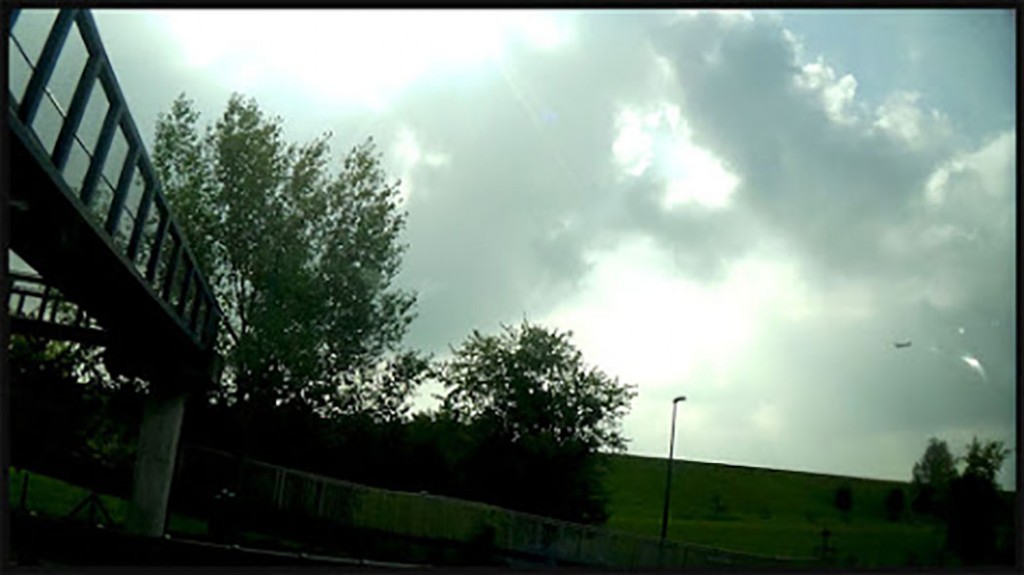
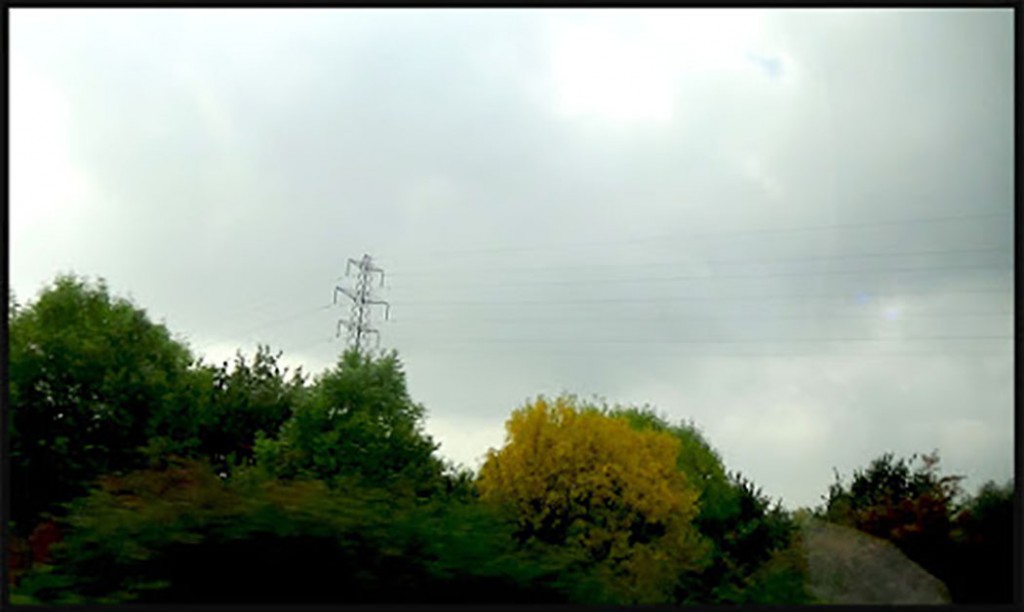

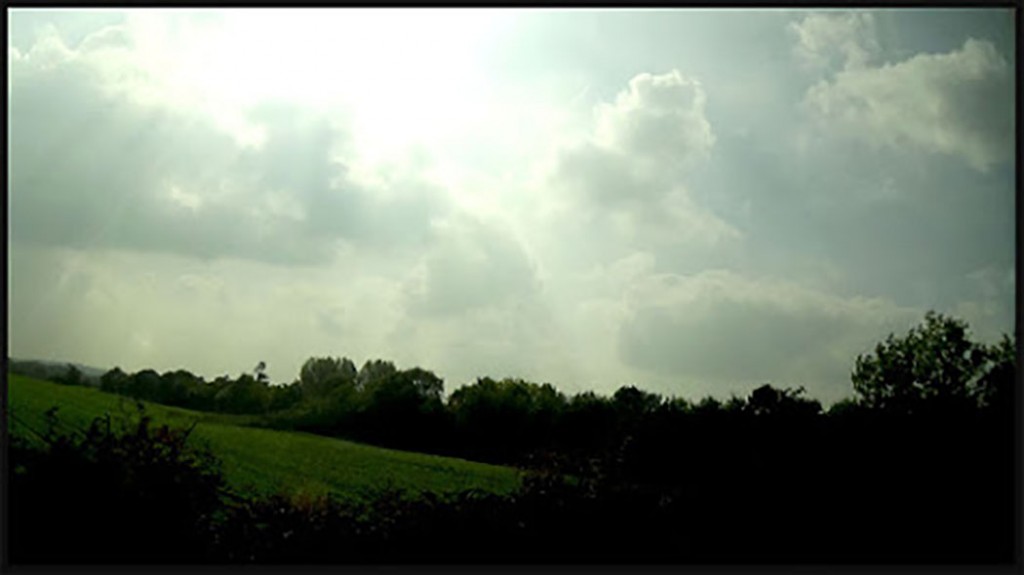
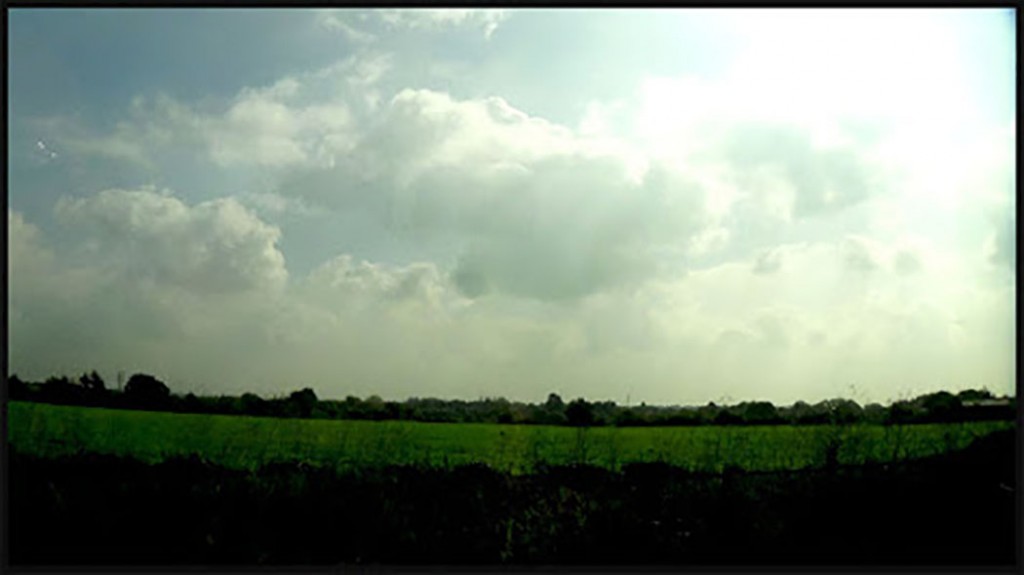
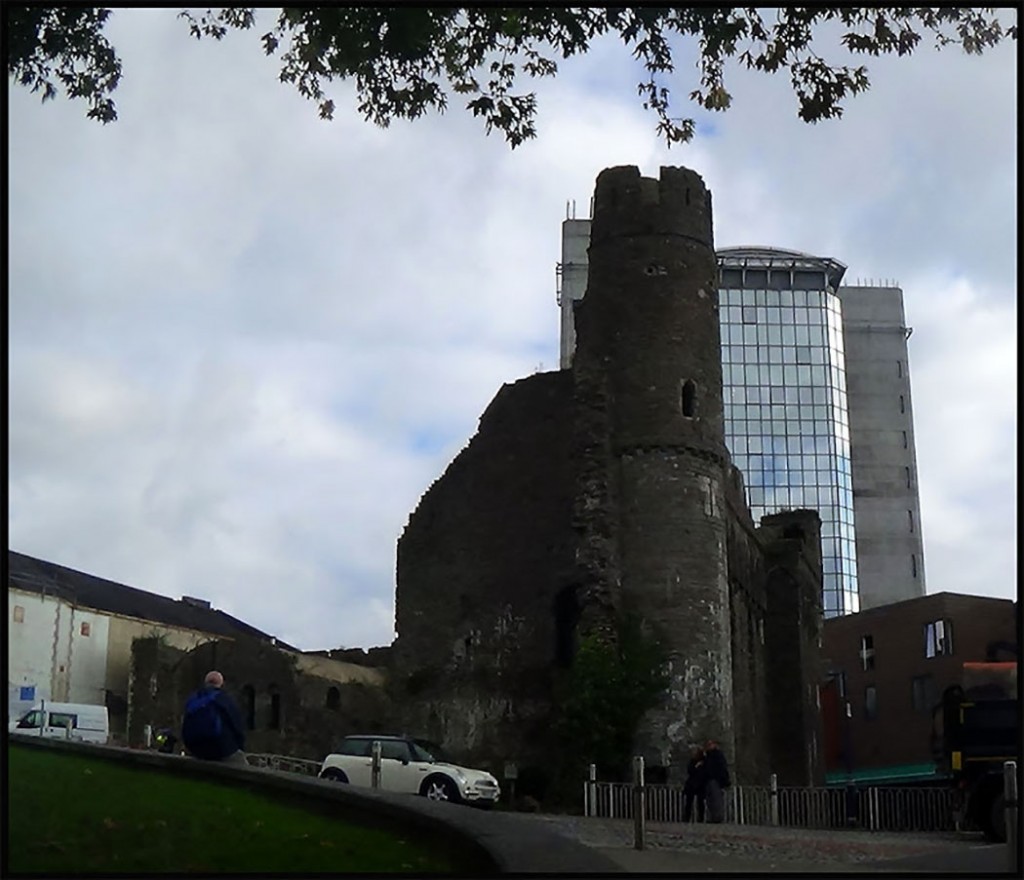
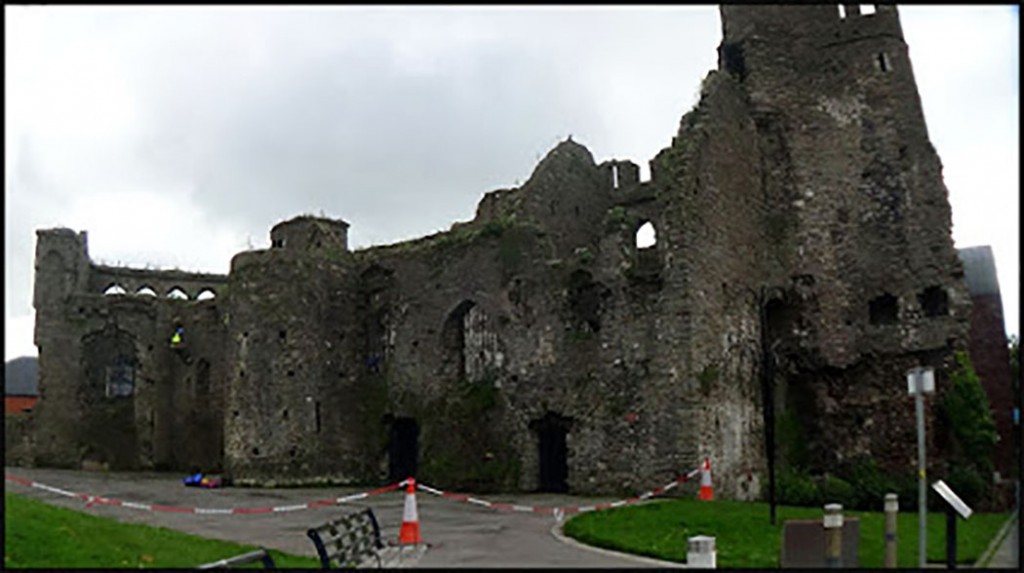



Leave a Reply